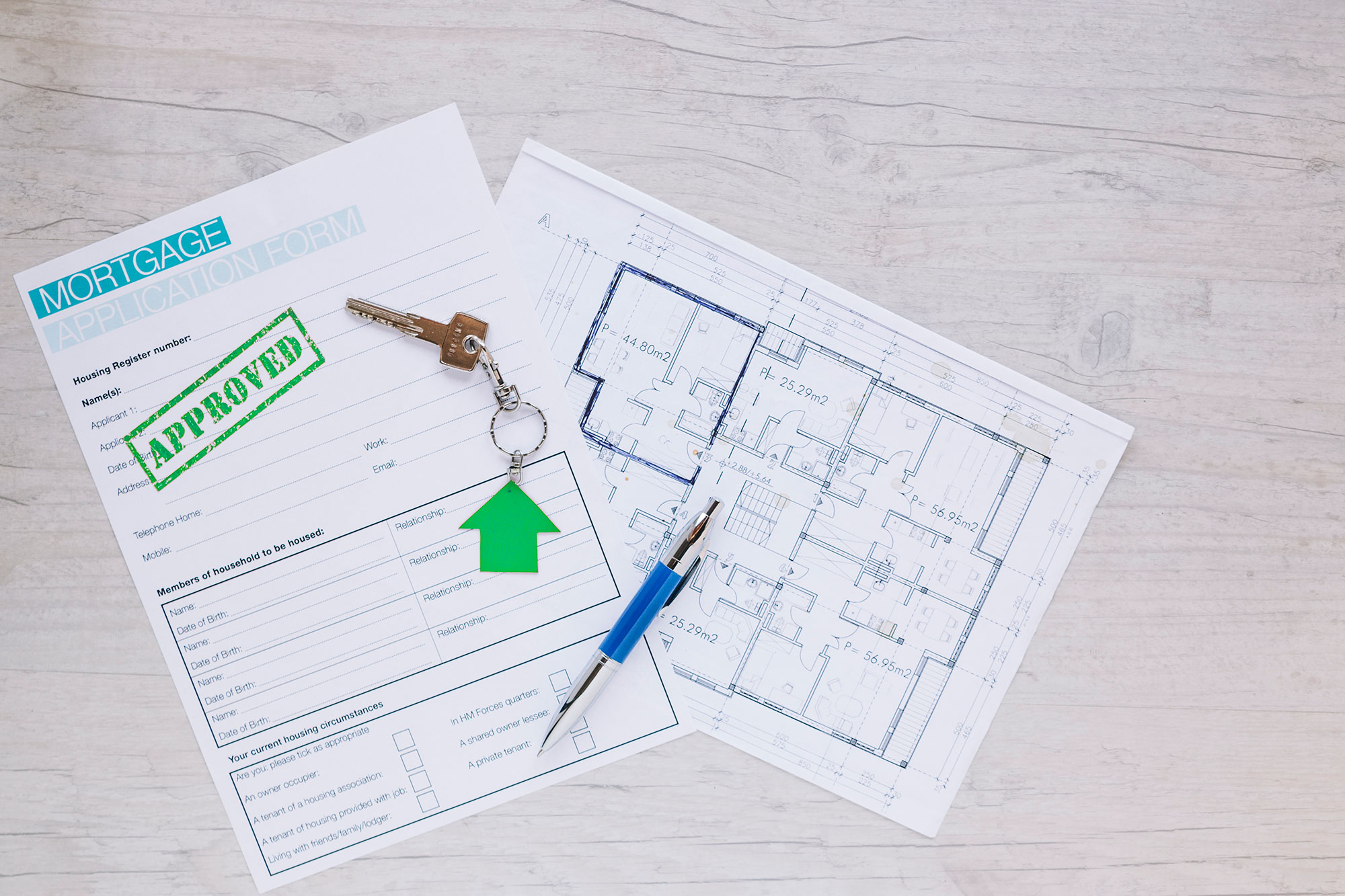EB-5 Green Card for Investors

There are 4 steps in the EB-5 petitioning process that an immigrant investor should be prepared to complete to become a U.S. permanent resident, along with their spouse and unmarried children under the age of 21.
Step 1: Choose an EB-5 project & make the investment
The EB-5 applicant must first find a “suitable” project which they believe will meet the program requirements. EB-5 investment projects are generally sponsored by regional centers as this makes job creation requirements easier to satisfy.
When selecting an EB-5 eligible investment, consider these two desired outcomes: Green Cards, and return of capital. The first relates to likelihood of immigration benefits, the second relates to likelihood of having your capital returned in a timely manner.
How much do I have to invest in an EB-5 project?
EB-5 visa applicants are required to make an investment of at least $1.8 million, or $900,000 if the job creation occurs in a Targeted Employment Area (TEA), into a U.S. business venture. TEA designation applies to projects in either a rural area or in a high unemployment area.
Job creation requirement
Job creation is a critical requirement to EB-5 success and investors should feel confident that their investment will result in the creation of 10 full-time U.S. jobs.
Approvable project
U.S. Citizenship and Immigration Service (USCIS) will defer to previous petitioner approvals in the same project, so if a project has received investor approvals, or if the New Commercial Enterprise (NCE) requested an exemplar approval (approval of their project documents based on an investor example, then investors can have much more confidence that their petition will be acceptable to the immigration service; but it is no guarantee of approval if there have been “material changes” to the project since those approvals.
Know that an investor approval or exemplar approval does not mean the project will create the estimated jobs.
Step 2: Filing a petition that meets program requirements
After selecting an investment, the applicant will have his or her immigration attorney provide proof of the investment by filing a petition with USCIS. The petition proves the applicant has invested, or is in the process of investing, the required capital, and that they meet the EB-5 program requirements.

Step 3: 2-Year Conditional Permanent Residency
Once an investor’s petition is approved, conditional permanent residency can be attained in one of two ways:
• Investors living abroad file Form DS-260 with a U.S. Consulate or U.S. Embassy.• If the investor is living in the U.S., they will file Form I-485 for adjustment of status.
Either way, the investor’s next step in the EB-5 visa process is to become a two-year conditional resident of the United States.
Step 4: Unconditional Permanent Residency and the I-829 Petition
The final step in the EB-5 visa process is for the applicant to become an unconditional permanent resident. This is done by the removal of his or her 2-year conditional residency status after application is filed, adjudicated, and approved. This application provides documented evidence that the petitioner has met all of the requirements of the EB-5 program, as per the USCIS.
*picture made by from freepik.com

